Stand mixers have become an indispensable tool in the modern kitchen, streamlining baking and cooking processes like never before. With the vast array of models available, selecting the right one can seem daunting. This article aims to demystify stand mixers, focusing on the five critical aspects that users prioritize. By understanding these key features, you’ll be equipped to make an informed decision that best suits your culinary endeavors.
Table of Contents:
– Understanding the power and speed options
– Exploring the versatility of attachments
– The importance of capacity and size
– Durability and maintenance: What to know
– Price vs. performance: Finding the balance
Understanding the power and speed options
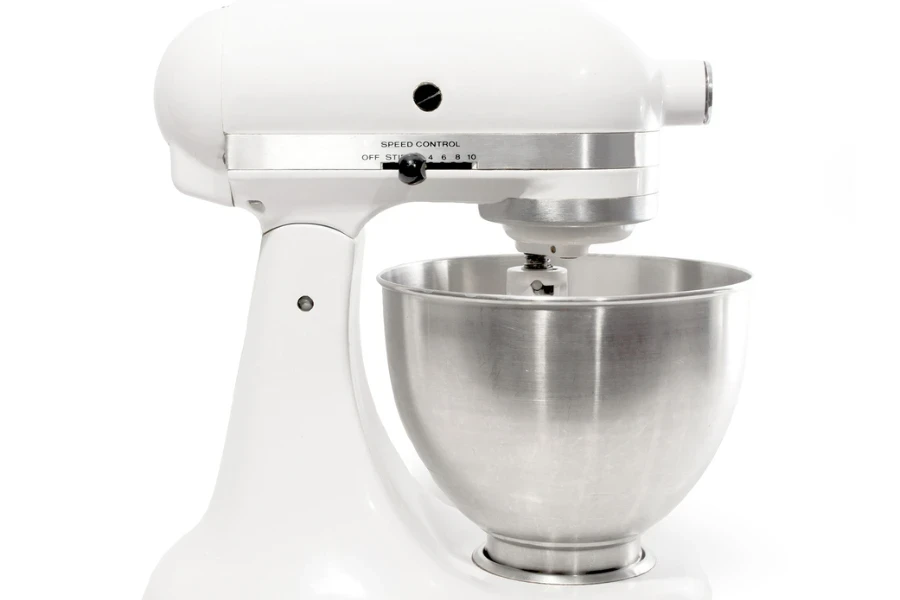
The motor’s power in a stand mixer directly impacts its efficiency and capability to handle tough doughs and mixtures. Typically measured in watts, higher power ratings indicate a more robust machine capable of enduring heavy-duty tasks without overheating or bogging down. However, power is not the only factor; speed options play a crucial role as well. A stand mixer with a wide range of speed settings allows for precise control, enabling the user to start slowly to avoid splattering and gradually increase speed for thorough mixing.
Exploring the versatility of attachments
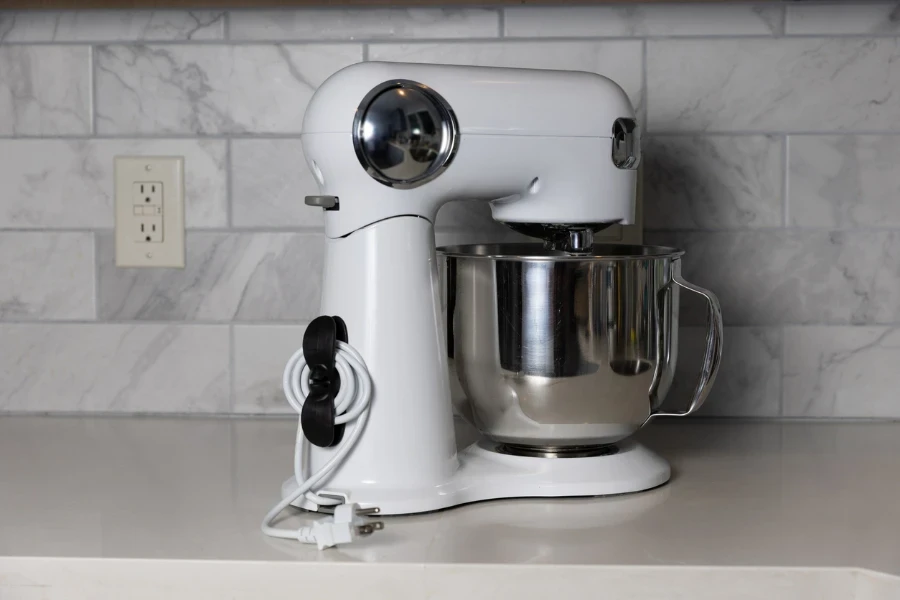
One of the standout features of stand mixers is their ability to transform into multifunctional kitchen tools, thanks to a variety of attachments. From dough hooks and wire whips to pasta rollers and meat grinders, these attachments expand the mixer’s utility far beyond basic mixing tasks. When considering a stand mixer, assess the types of attachments available and how they align with your cooking and baking needs. This versatility can significantly enhance your culinary creativity and efficiency in the kitchen.
The importance of capacity and size
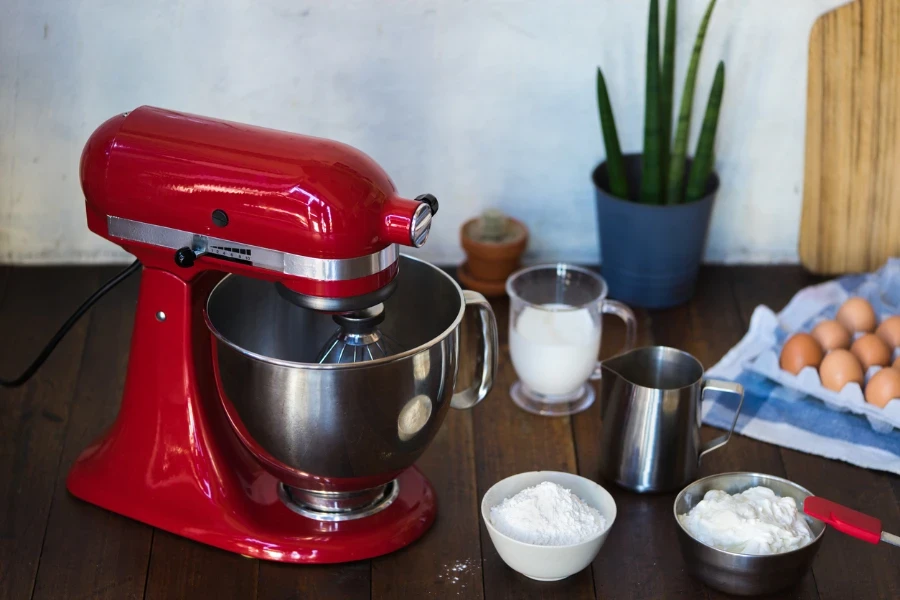
The bowl’s capacity is a critical factor to consider, as it determines the volume of ingredients you can mix in one go. Stand mixers come in a range of sizes, from compact models suited for occasional baking to larger units designed for frequent use or batch baking. It’s essential to balance the mixer’s capacity with your kitchen space; larger mixers require more storage room. Consider how often you bake and the quantities you typically prepare to select a size that meets your needs without overwhelming your kitchen.
Durability and maintenance: What to know
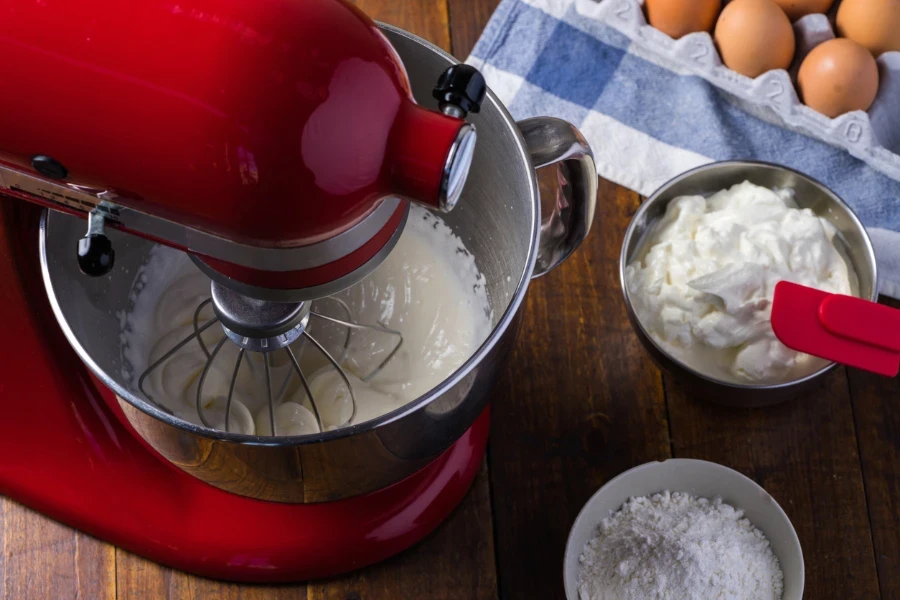
Durability is a cornerstone of any stand mixer investment. High-quality construction, often characterized by metal components, ensures longevity and resilience against wear and tear. Additionally, ease of maintenance is paramount. Look for mixers with detachable parts that are dishwasher-safe to simplify cleanup. Regular maintenance, such as checking for loose screws and keeping the machine clean, will prolong its life and performance. Investing in a durable and low-maintenance mixer can save time and money in the long run.
Price vs. performance: Finding the balance
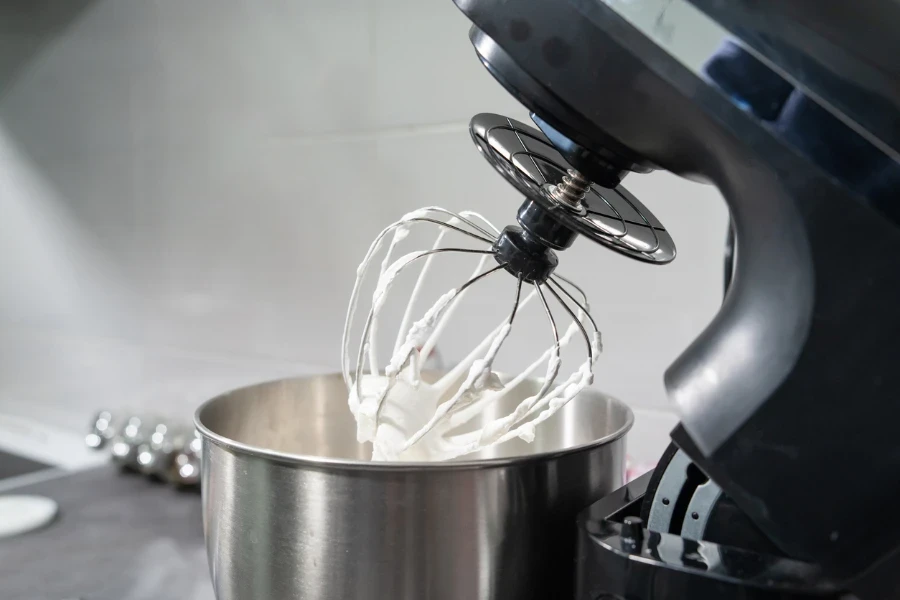
The price of a stand mixer can vary significantly, influenced by its power, size, brand, and additional features. While it’s tempting to opt for cheaper models, it’s crucial to consider the mixer’s performance and durability. A more expensive mixer with a powerful motor, sturdy construction, and versatile attachments may offer better value over time than a budget model that struggles with heavy doughs or wears out quickly. Balancing your budget with your culinary needs and priorities will guide you to the right stand mixer that offers the best value for your investment.
Conclusion:
Selecting the right stand mixer involves a careful consideration of power, versatility, size, durability, and price. By focusing on these essential aspects, you can find a mixer that not only meets your culinary needs but also becomes a cherished tool in your kitchen adventures. Remember, a stand mixer is an investment in your passion for cooking and baking, enhancing your creativity and efficiency every step of the way.



